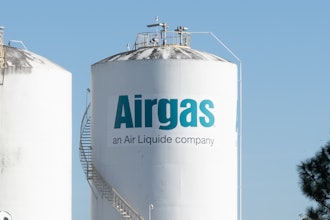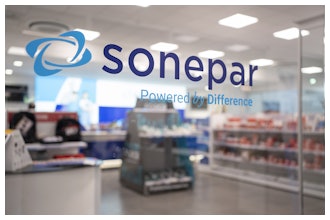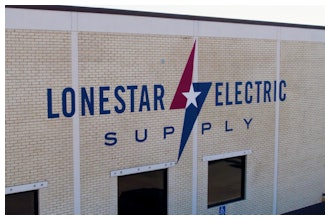BEAVERTON, Oregon — Canadian pipelines make headlines as politicians and industry experts analyze controversial topics like the Keystone XL Pipeline and Alberta Oil Spill. While these massive pipelines transport highly flammable materials across international borders, similar albeit small-scale piping systems transport fuels, chemicals, and finished products everyday across Canadian workplaces. Despite the safety hazards associated, Canada lacks a unified rule mandating pipe marking systems.
Graphic Products has published a Canadian Pipe Marking Guide which aims to clarify industry best practices and pipe marking standards. The guide provides essential Canadian labeling requirements for pipeline safety, pipe marking, visual communication, and general workplace safety.
“Without clear and consistent regulation, employers are left confused with the question: how do we ensure that our workers can easily identify the contents of each pipe?” said Jeff Woods, Safety Auditor with Graphic Products. “Piping systems present an immediate hazard to employees on a daily basis. It's important for affected workers to know when the contents of a pipe might be hazardous.”
The complimentary handbook outlines the Canadian General Standards Board 24.3 standard, color codes, labeling requirements, and analyzes the Workplace Hazardous Materials Information System (WHMIS) for classifying and describing chemical hazards. The guide also provides detailed information on the CAN/CGSB 24.3 standard, which closely aligns with regulations published by the American National Standards Institute. This guide can be used as a training resource to help employers create a safer, more efficient workplace that raises awareness of hazardous materials and assists first responders in the event of an emergency.
“While provincial regulations vary, all Canadian workplaces must protect workers from potentially harmful substances,” Woods said. “A comprehensive pipe marking system will help employees develop a culture of safety and compliance.”






















